-
FREE MEMBER
NO Posting or PM's Allowed

12-268 Garand Picture of the day
-
09-27-2012 06:53 AM
# ADS
Friends and Sponsors

-
Contributing Member


On 1 September 1951, the 45th Infantry Division was activated as the first National Guard division to be deployed to the Far East theater since World War II.[83][86] Nevertheless, it was not deployed to Korea until December 1951, when its advanced training was complete.[84][87] Following its arrival, the division moved to the front line to replace the 1st Cavalry Division, who were then delegated to the Far East reserve, having suffered over 16,000 casualties in less than 18 months of fighting.[88]
Though the 45th remained de facto segregated as an all-white unit in 1950,[89] individual unit commanders went to great lengths to integrate reinforcements from different areas and ethnicity into their units.[90] By 1952, it was fully integrated.[91] Additionally, in an effort to reduce the burden on the National Guard,[n 2] troops from the division were often replaced by enlisted and drafted soldiers from the active duty force. When it arrived in Korea, only half the division's manpower were National Guard troops, and over 4,500 guardsmen left between May and July 1952, continually replaced by more active duty troops, including an increasing number of African Americans.[92] Though the division was no longer an "All-Oklahoma" unit, leaders opted to keep its designation as the 45th Infantry Division.[93][n 3]
By the time the division was in place, the battle lines on both sides had largely solidified, leaving the 45th Infantry Division in a stationary position as it conducted attacks and counterattacks for the same ground.[94] The division was put under the command of Eighth Army's I Corps for most of the conflict.[95] It was deployed around Chorwon and assigned to protect the key routes from that area into Seoul. The terrain was difficult and the weather was poor in the region.[96] The division suffered its first casualty on 11 December 1951.[97]
http://www.m38a1.com/images/Thunderbird_Patches.jpg
Initially, the division did not fare well, though it improved quickly.[84] Its anti-aircraft and armor assets were used as mobile artillery, which continuously pounded Chinese positions. The 45th, in turn, was under constant artillery and mortar attack.[98] It also conducted constant small-unit patrols along the border seeking to engage Chinese outposts or patrols. These small-unit actions made up the majority of the division's combat in Korea.[99] Chinese troops were well dug-in and better trained than the troops of the inexperienced 45th, and it suffered casualties and frequently had to disengage when it was attacked.[100]
In the division's first few months on the line, Chinese forces conducted three raids in its sector. In retaliation, the 245th Tank Battalion sent nine tanks to raid Agok.[94] Two companies of Chinese forces ambushed and devastated a patrol from the 179th Infantry a short time later.[94] In the spring, the division launched Operation Counter, which was an effort to establish 11 patrol bases around Old Baldy Hill. The division then defended the hill against a series of Chinese assaults from the Chinese 38th Army.[94
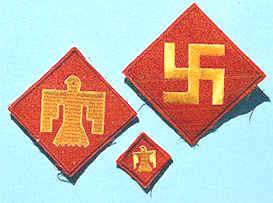
He is no fool who gives what he cannot keep to gain that which he cannot lose
There are no great men, only great challenges that ordinary men are forced by circumstances to meet.
-
The Following 9 Members Say Thank You to Mark in Rochester For This Useful Post:
-
Legacy Member

Did they really use a gold swastika as a division patch?
-
-
Senior Moderator
(Milsurp Forums)


That was their unit insignia until just before the outbreak of war.
Taken from Wikipedia:
The division's original shoulder sleeve insignia, approved in August 1924, featured a swastika, a common Native American symbol, as a tribute to the Southwestern United States region which had a large population of Native Americans. However, with the rise of the Nazi Party in Germany
region which had a large population of Native Americans. However, with the rise of the Nazi Party in Germany , with its infamous swastika symbol, the 45th Division stopped using the insignia. Following a long process of submissions for new designs, a new shoulder sleeve insignia, designed by a Carnegie, Oklahoma native named Woody Big Bow, featuring the Thunderbird, another Native American symbol, was approved in 1939.
, with its infamous swastika symbol, the 45th Division stopped using the insignia. Following a long process of submissions for new designs, a new shoulder sleeve insignia, designed by a Carnegie, Oklahoma native named Woody Big Bow, featuring the Thunderbird, another Native American symbol, was approved in 1939.
Bill Hollinger
"We're surrounded, that simplifies our problem!"
-
-
Contributing Member


Pre war 45 inf div patch
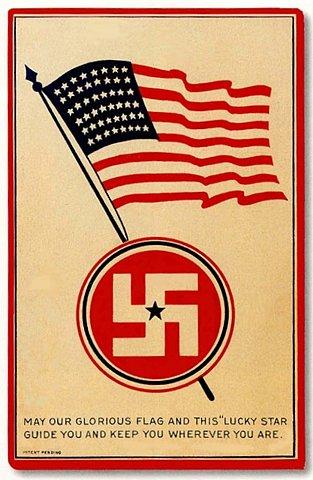
there was also a blue background variant - I think it was national guard
found it
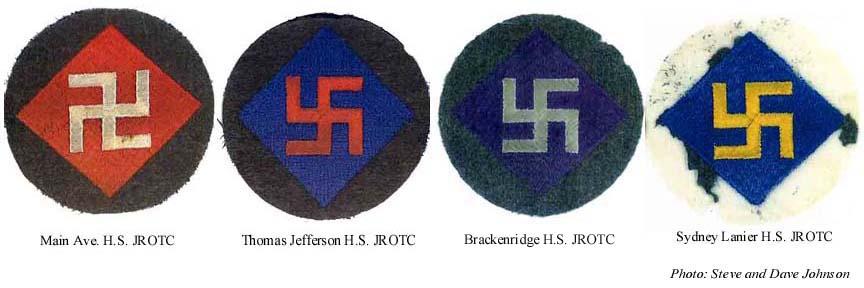
Home Page
Most collectors are aware of the fact that, from the 1920s to the late 1930s, the shoulder patch of the 45th Infantry Division was a yellow swastika on a red square. Other patches bearing the swastika symbol are to be found in collections, where often they are identified as variants of the sleeve patch of the 45th. Steve and Dave Johnson, in their article "Rag Clippings" (ASMIC's The Trading Post, October-December 1999), present compelling evidence that many of these "swastika patches" are misidentified. The swastika patches (four of the 15 illustrated in their article) discussed in the following paragraph will alert collectors to the complexity of identifying these patches. But to fully appreciate the range of swastika patches and the units (going back to the First World War) that wore them, you will want to secure a copy of the Johnsons’s article.
SOURCE: Insigne
Last edited by Mark in Rochester; 09-29-2012 at 04:54 PM.
He is no fool who gives what he cannot keep to gain that which he cannot lose
There are no great men, only great challenges that ordinary men are forced by circumstances to meet.
-
The Following 2 Members Say Thank You to Mark in Rochester For This Useful Post:
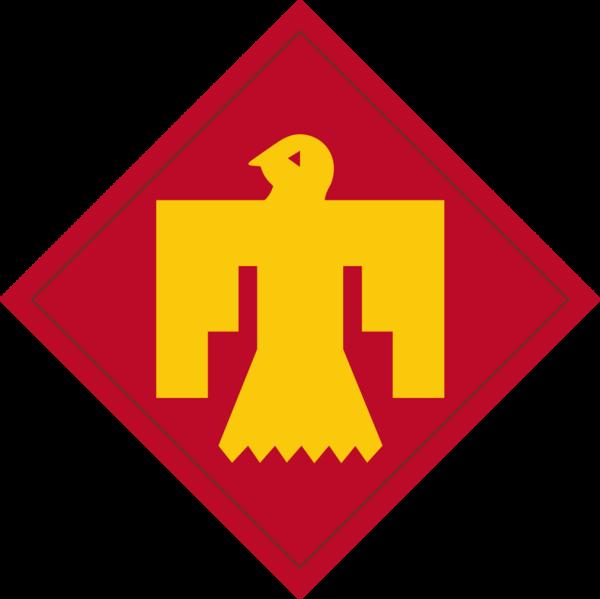 Information
Information














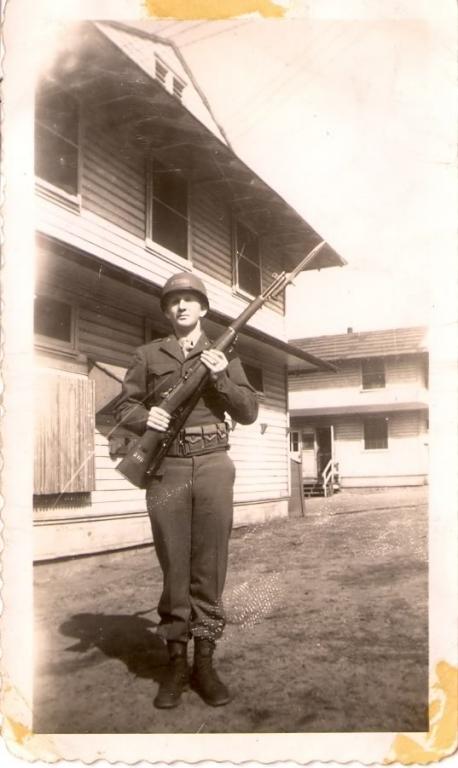
 Register To Reply
Register To Reply











